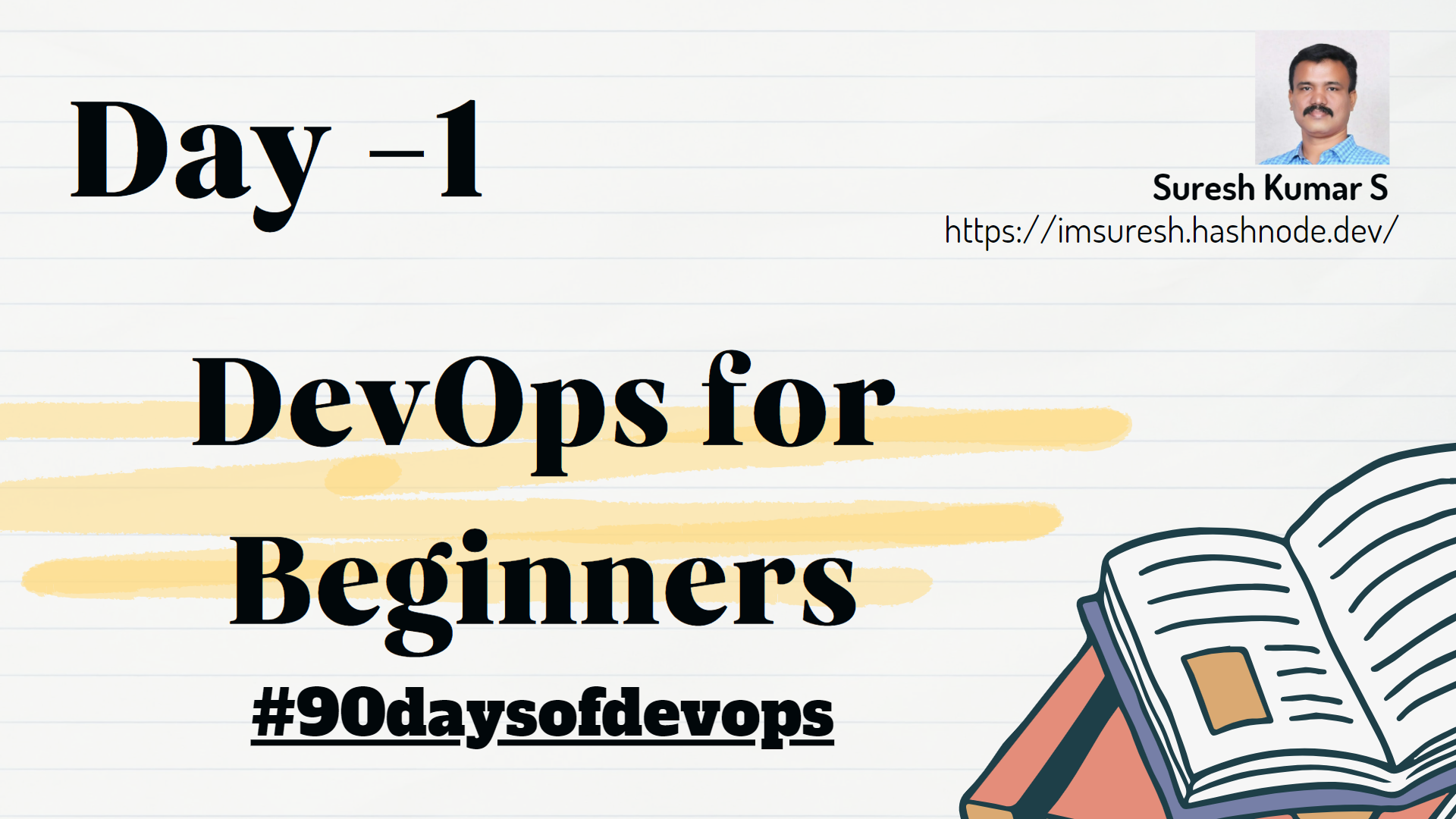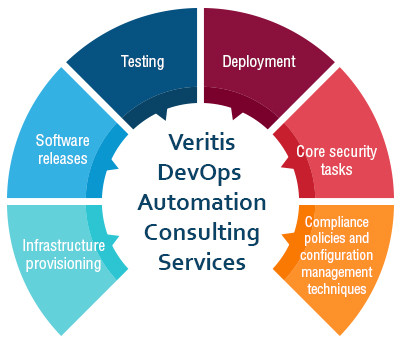Day 1 : DevOps for Beginners
 Suresh Kumar S
Suresh Kumar S
What is DevOps?
DevOps is a dynamic approach that enhances the efficiency of software development by automating the operational aspects of the process.
It fosters improved collaboration between developers and the operations team through the utilization of diverse automation tools. The DevOps lifecycle involves the integration of various automation tools at different stages, as depicted in the accompanying image.
What is Automation?

Automation is a technological method aimed at executing tasks with minimal human intervention.
Some key motives behind embracing automation include:
To minimize human errors.
To alleviate the burden of daily repetitive tasks.
To enable IT teams to concentrate on more strategic and high-value projects.
To expedite the development of tested and validated applications with zero downtime.
What is Scaling?
Imagine you have a website with 100 users presently, and you anticipate a surge to a million users in the next six months. What steps would you take?
The answer lies in scaling – adjusting the underlying infrastructure of your software system to accommodate the increased load or usage. There are two approaches to scaling in software:
Vertical Scaling: Enhancing the capacity of a single server by increasing RAM, CPU capability, or storage capacity.
Horizontal Scaling: Adding more machines to a cluster of software servers to fortify your software system.
What is Infrastructure?
Consider driving a car to your favorite destination, where you control acceleration, gear changes, and braking at your will. There is intricate machinery supporting you, such as the engine, battery, or fuel tank.
Similarly, your software application relies on the underlying hardware, storage, networking, etc., collectively referred to as Software Infrastructure.
Why DevOps is significant?
Before the advent of DevOps, the interaction between development and operations involved numerous back-and-forth actions, causing delays in product releases. Enter DevOps.
DevOps accelerated product deliveries, bridging the communication gap between development and operations. The overall quality of software and products witnessed improvement.
Common Tools in DevOps:
Version control systems: Git, SVN
Configuration management tools: Ansible, Puppet
Continuous integration tools: Jenkins
Containerization technologies: Docker
Cloud platforms: AWS, Azure, GCP
Monitoring tools: Nagios, Splunk
Container Orchestration tools: Kubernetes
Thank You,
I extend my heartfelt gratitude to each one of you who has invested time in reading, engaging, and supporting my journey.
Please feel free to connect if any corrections or additional insights are needed for the blogs. Your feedback is always welcomed and valued.
~ Suresh Kumar S 🙂
Subscribe to my newsletter
Read articles from Suresh Kumar S directly inside your inbox. Subscribe to the newsletter, and don't miss out.
Written by

Suresh Kumar S
Suresh Kumar S
Experienced AWS DevOps Engineer with 9+ years in IT, specializing in AWS for over 5 years. Holder of 5 AWS certifications, adept at optimizing infrastructure and driving efficiency.